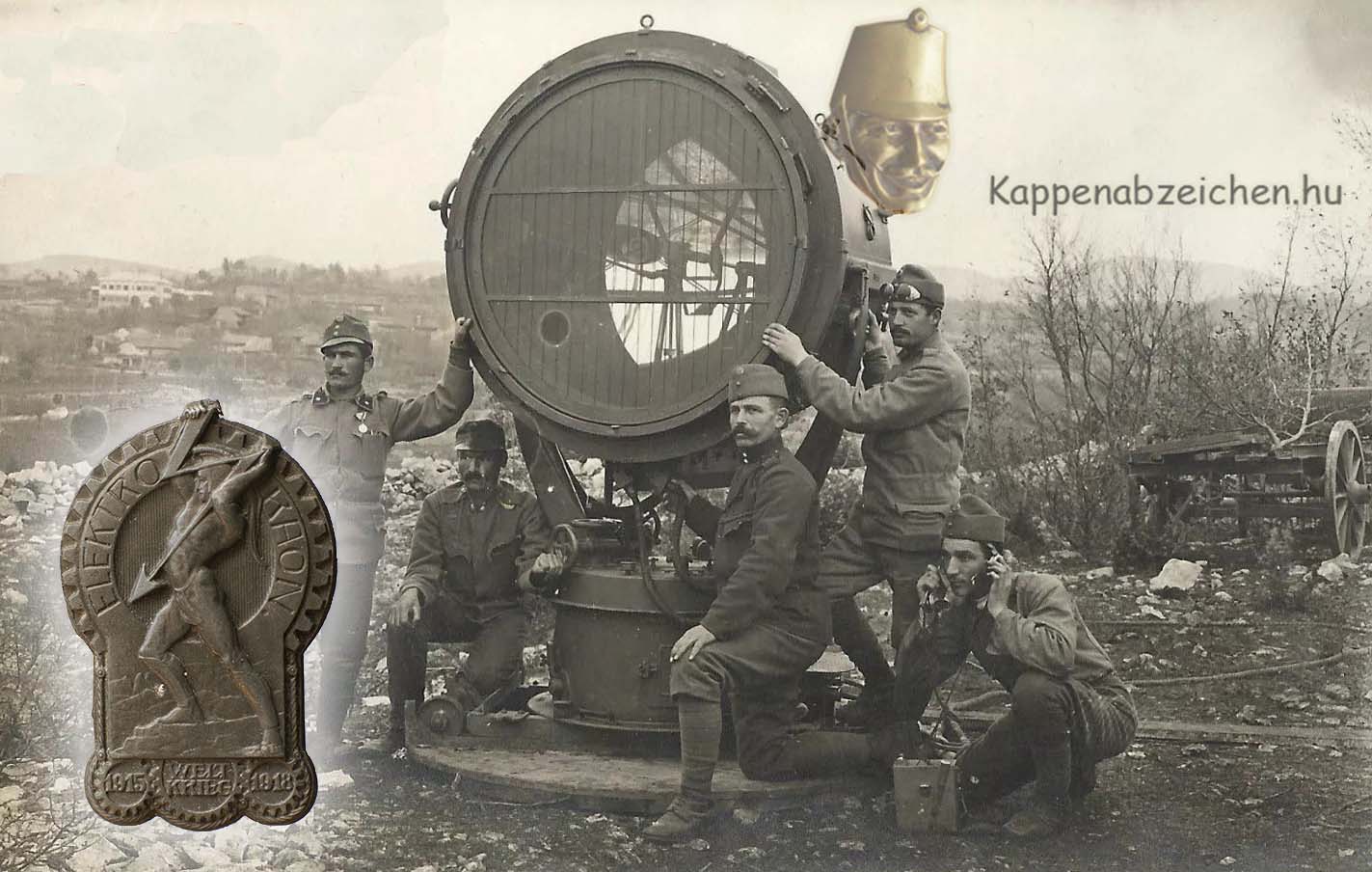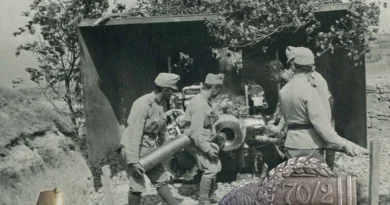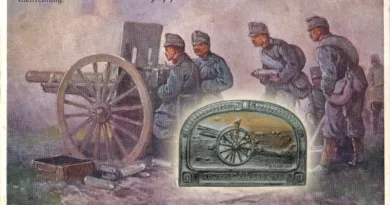M 15 110 cm searchlight
I have already dealt with the use of searchlights in general here. The most important development process was that the device used to illuminate the foreground of fixed, fortified points began to be used much more widely. The location of the fortress was known and had not changed, so revealing the surprise attacks as a goal did not conflict with the goal of concealment. With the development of trench warfare, this aspect began to prevail again: the covers and trenches were in the same place for a longer period of time, so the lighting of their forecourt did not reveal much to the enemy. So, the headlights that were previously only used in fortresses were deployed to all fronts and positions.
Before the war, in addition to devices operating with old acetylene burners, electric headlights also appeared. Supplying them with electricity was, of course, a separate task, which was carried out by the electrical battalions dealing with the electricity generators and the construction and maintenance of the electrical lines carrying the electricity further afield. At first, these battalions also operated the searchlights, later the headlight units were formed. Due to their increased performance, electric headlights became more and more common. One of these devices was the electric searchlight with a mirror diameter of 110 cm, introduced in 1915.
The M15 110 cm searchlight was one of the largest devices, operated by a searchlight swarm. It had two versions. The image presented in this post shows the fortress version mounted on the fixed base. 22 of these devices were applied in mid-1917. A similar lighting device was also made in a mobile version, as a portable device. 77 of them were made.

I am attaching the insignia of the electrical battalions to the post. In the first half of the Great War, these units were also involved in the operation of searchlights.




